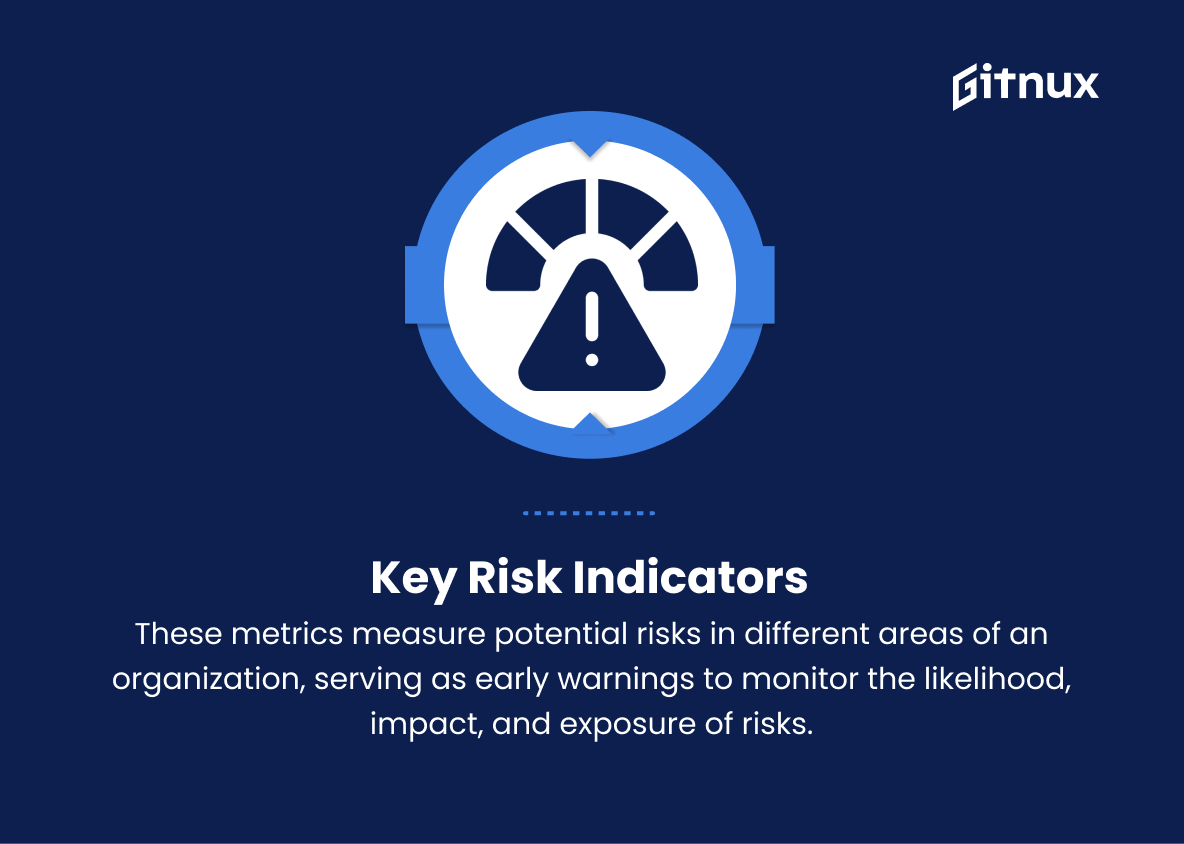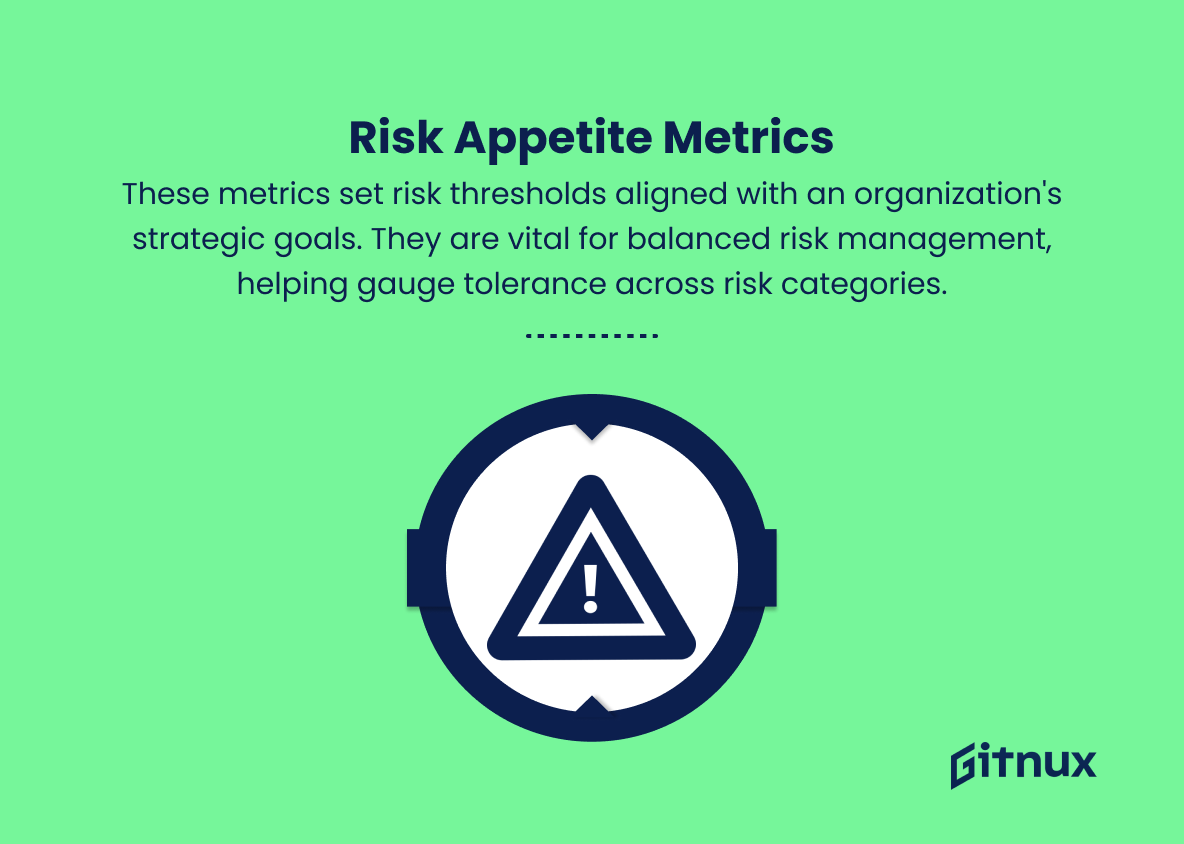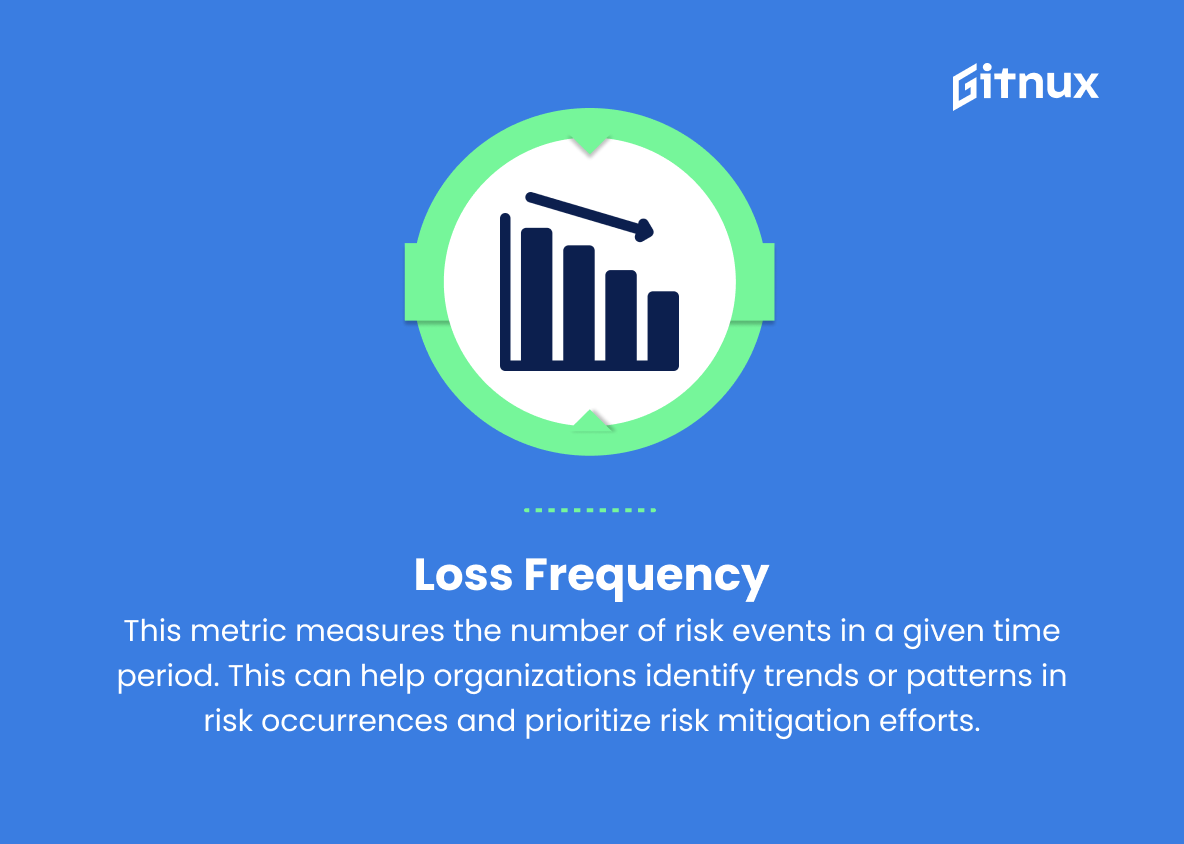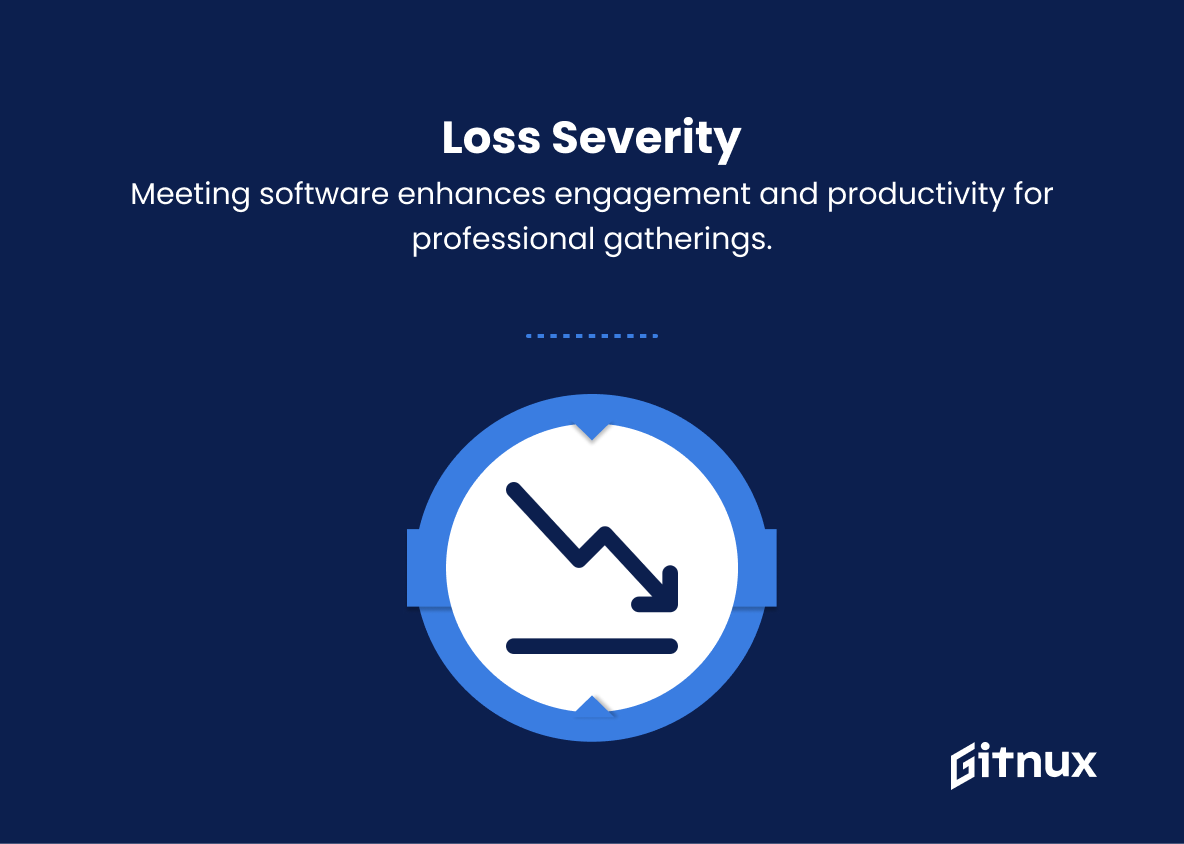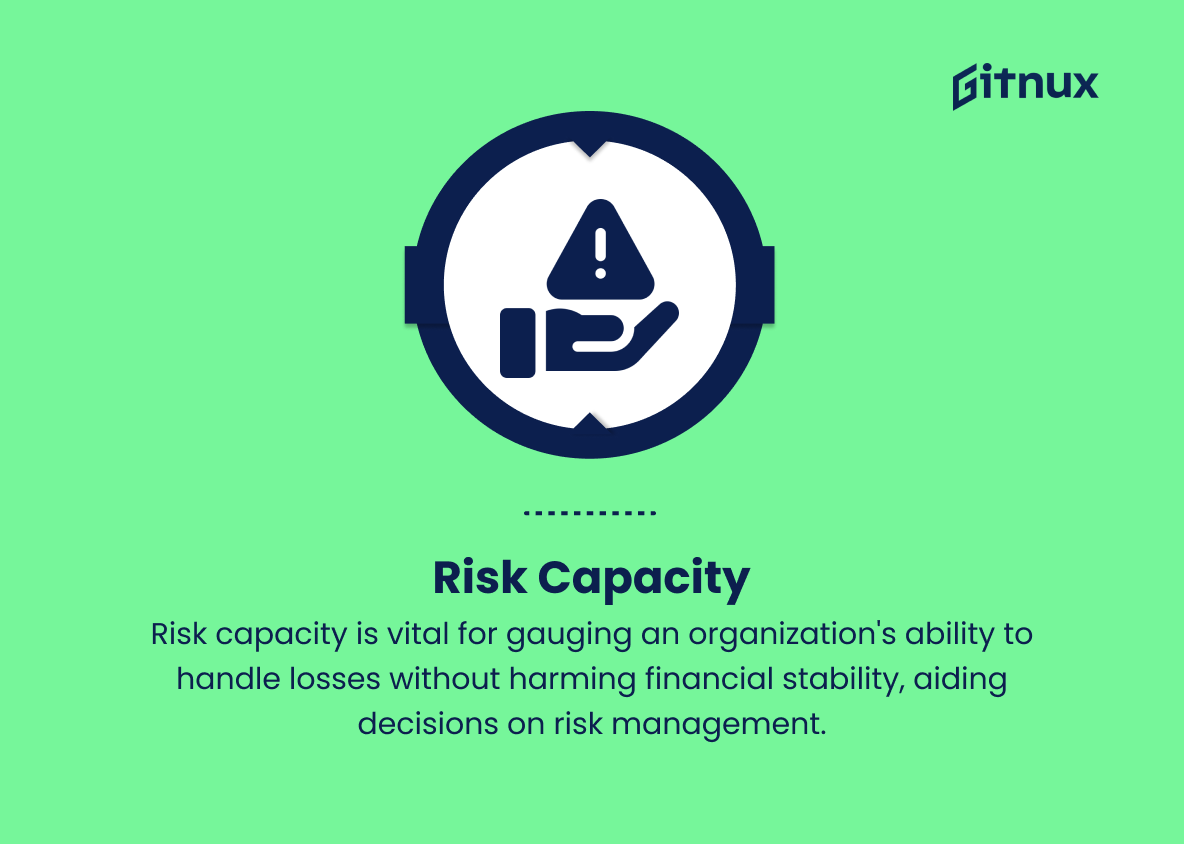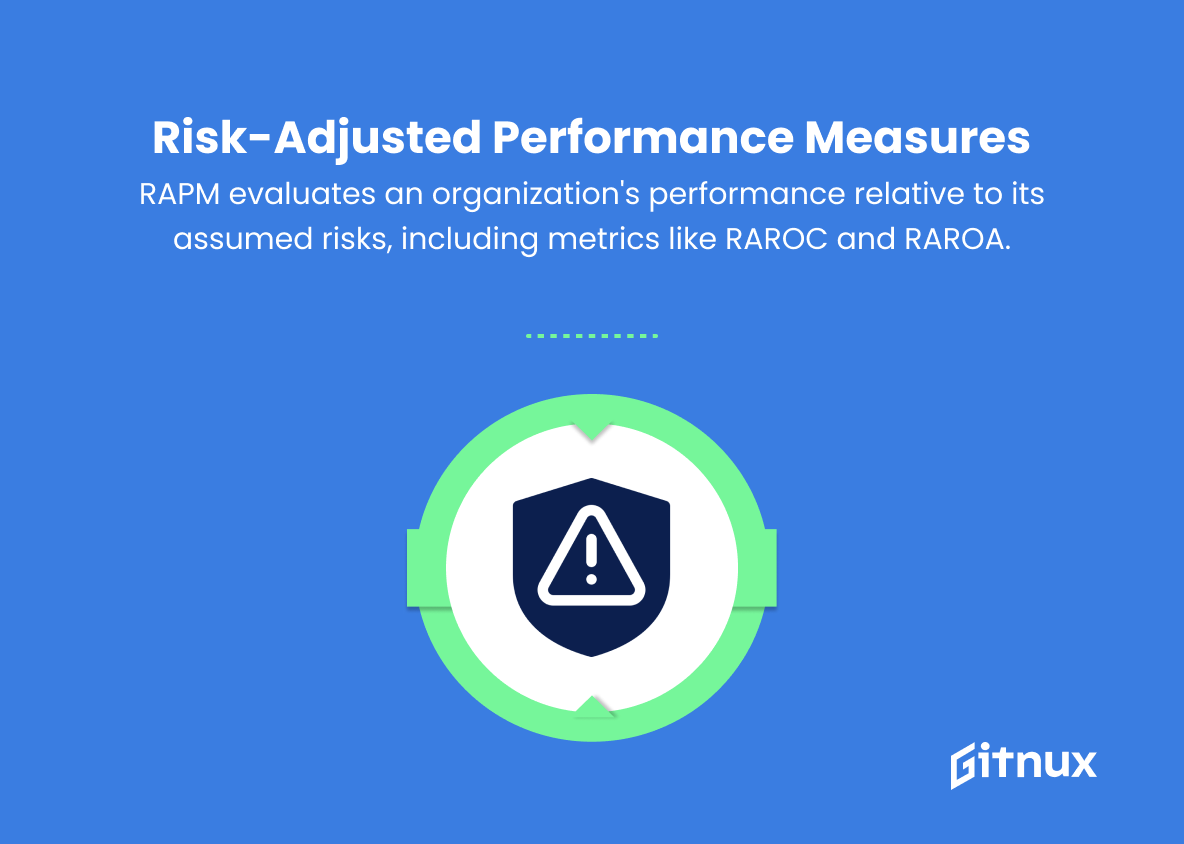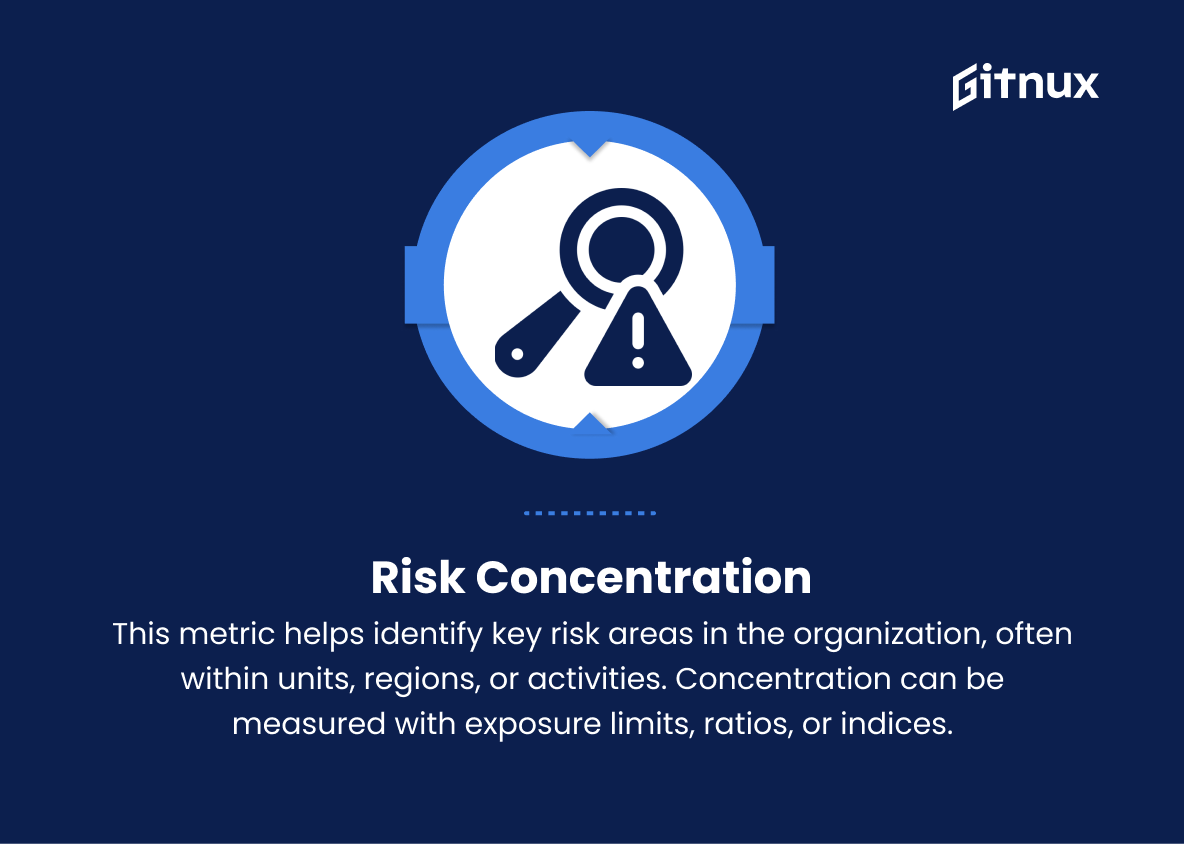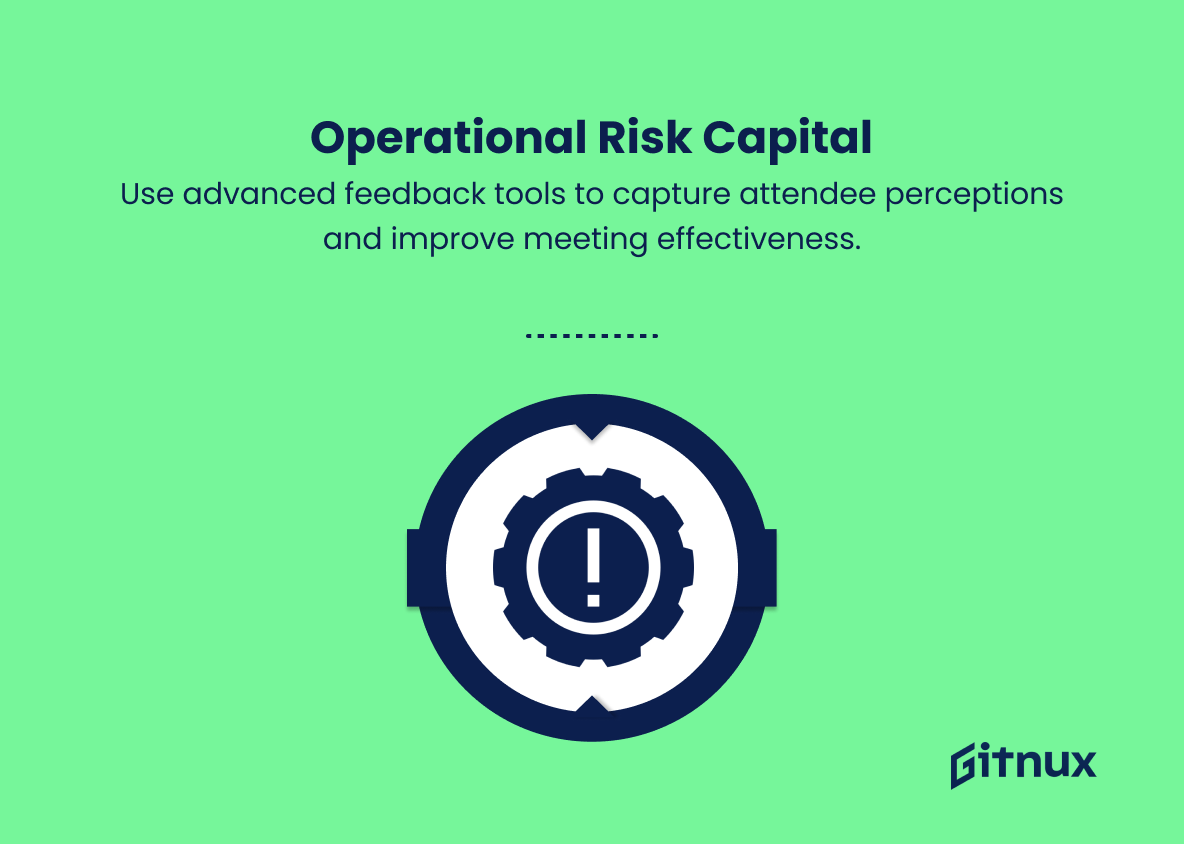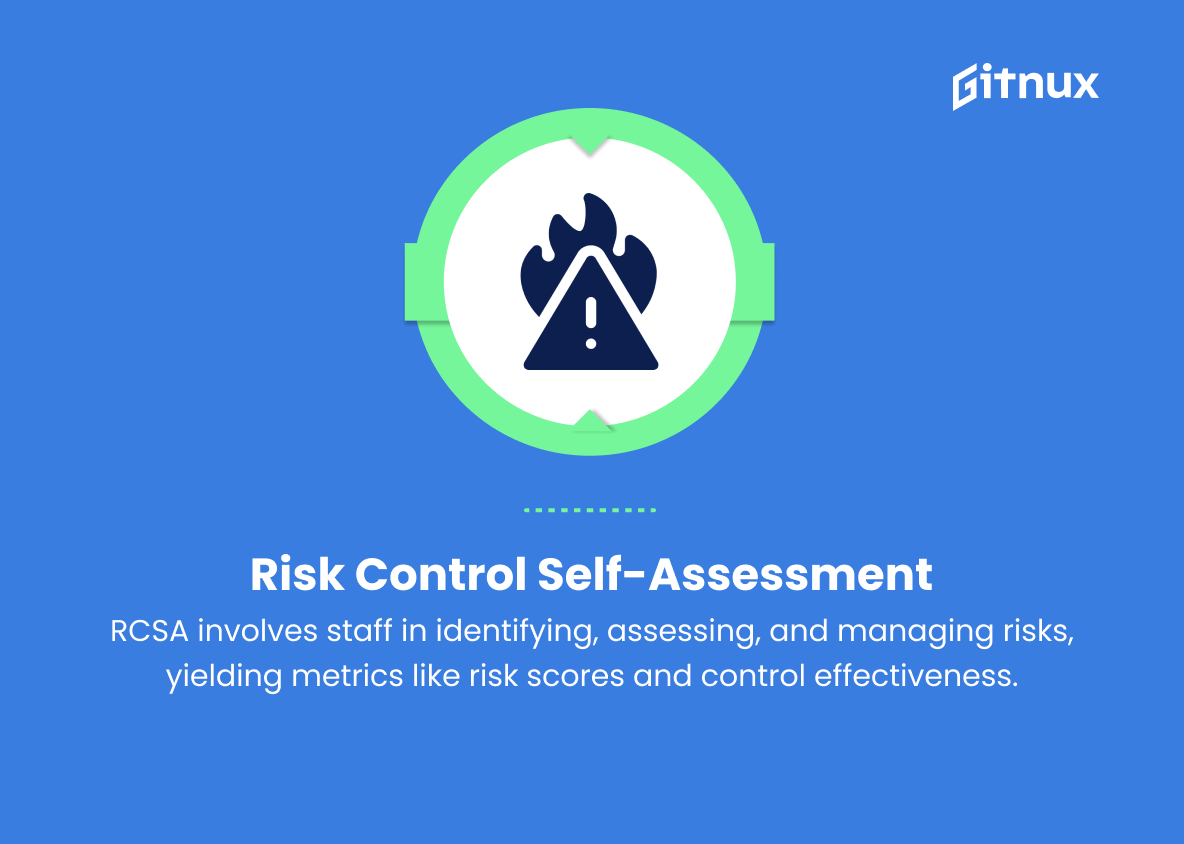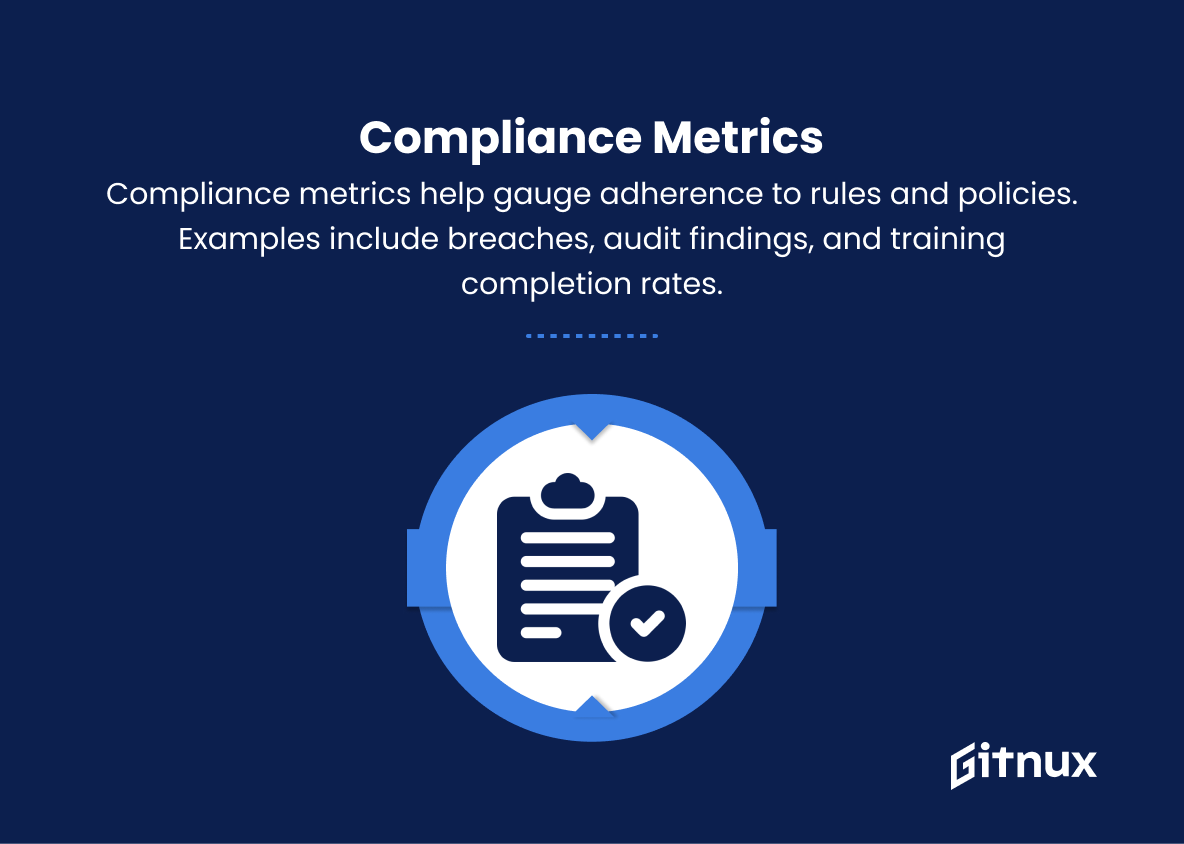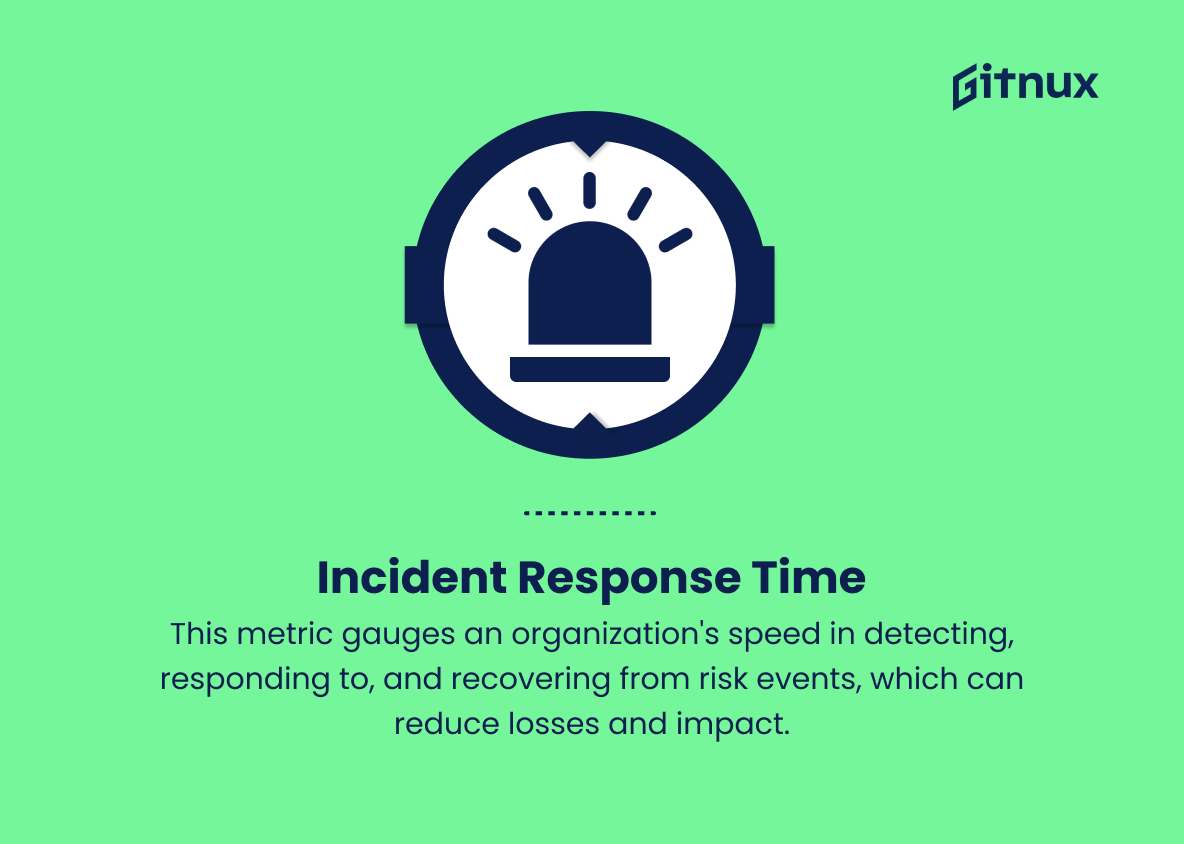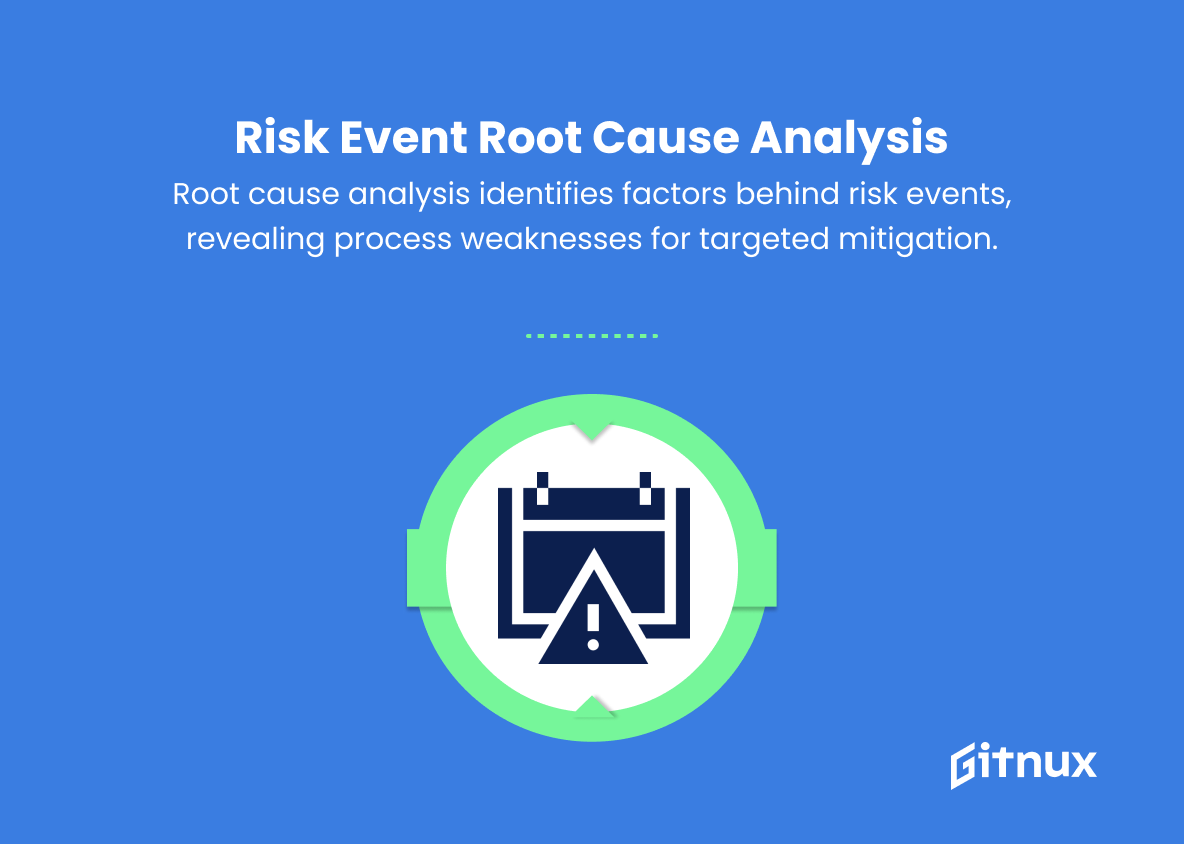In today’s rapidly evolving business landscape, organizations face an array of uncertainties and challenges that could potentially jeopardize their overall growth and success. Among these hurdles, managing operational risks stands out as a paramount concern for businesses of all sizes and sectors. Operational risk, defined as the risk of loss due to inadequate or failed internal processes, external events, or human misconduct, has grown in complexity and prominence in recent years.
As such, the adoption of effective Operational Risk Metrics has become crucial for measuring, monitoring, and mitigating these risks in a strategic and systematic manner. In this blog post, we’ll delve into the fundamentals of Operational Risk Metrics, explore their significance in managing operational risks, and discuss various best practices and approaches for implementing these powerful tools within corporate risk management strategies. By mastering these essential techniques, businesses can not only improve their risk management capabilities, but also gain a competitive edge in an increasingly complex and uncertain environment.
Operational Risk Metrics You Should Know
1. Key Risk Indicators (KRIs)
These are specific metrics designed to measure the levels of potential risks in various areas of an organization. They act as early warning signs and are used to monitor the probability of occurrence, potential impact, and risk exposure.
2. Risk Appetite Metrics
These metrics define the acceptable levels of risk that an organization is willing to take to achieve its strategic objectives. Risk appetite metrics are essential to a balanced risk management approach, enabling organizations to understand their risk tolerance across all risk categories.
3. Loss Frequency
This metric measures the number of risk events in a given time period. This can help organizations identify trends or patterns in risk occurrences and prioritize risk mitigation efforts.
4. Loss Severity
This metric denotes the average financial loss an organization experiences when a particular risk event occurs. It is used to assess the potential impact on the organization’s financial health and to ensure adequate provisions are made for possible losses.
5. Risk Capacity
Risk capacity is the organization’s ability to absorb losses without significantly impacting its financial stability. It is crucial for understanding an organization’s vulnerability to major risk events and making informed decisions about risk management strategies.
6. Risk-adjusted Performance Measures
RAPM assesses the performance of an organization in relation to the risks it has assumed. Common examples include Risk-adjusted Return on Capital (RAROC) and Risk-adjusted Return on Assets (RAROA).
7. Risk Concentration
This metric is important to understand where significant portions of the organization’s risk exposure lie, usually within certain business units, geographical regions, or specific activities. Risk concentration can be quantified through exposure limits, concentration ratios, or concentration indices.
8. Operational Risk Capital
It calculates capital reserves needed to cover potential losses from operational risk events. It is usually determined using regulatory norms or economic capital models, such as Loss Distribution Approach (LDA), which simulate possible loss scenarios.
9. Risk Control Self-Assessment (RCSA)
RCSA is a systematic process used to identify, assess, and manage risks by involving management and other employees across the organization. Metrics from RCSA can include risk scores, control effectiveness scores, or the percentage of identified risks with appropriate controls in place.
10. Compliance Metrics
These allow organizations to track how well they are adhering to relevant regulations and internal policies. Possible compliance metrics include regulatory breaches or violations, risk-focused audit findings, or completion rates for mandatory compliance trainings.
11. Incident Response Time
This metric measures the time it takes an organization to identify, respond, and recover from a risk event. Faster response times can limit potential losses and minimize the overall impact on the organization.
12. Risk Event Root Cause Analysis
Root cause analysis involves studying the underlying factors contributing to risk events. By tracking patterns or trends in root causes, organizations can identify weaknesses in their risk management processes and implement targeted mitigation programs.
Operational Risk Metrics Explained
Operational Risk Metrics play a crucial role in helping organizations identify, monitor, and manage potential risks to ensure smooth operations and strategic decision-making. Key Risk Indicators (KRIs) provide early warnings of potential risk events, while Risk Appetite Metrics establish a company’s acceptable levels of risk exposure. Loss Frequency and Loss Severity can reveal patterns of risk occurrences, allowing for targeted risk mitigation, while Risk Capacity helps organizations assess their ability to absorb risk-related losses without compromising financial stability. Risk-adjusted Performance Measures (RAPM) evaluate an organization’s performance in relation to assumed risks, and Risk Concentration highlights areas of significant risk exposure.
Operational Risk Capital determines necessary capital reserves to cover potential losses, while Risk Control Self-Assessment (RCSA) and Compliance Metrics aid in managing risk and adhering to regulations. Incident Response Time measures how quickly an organization responds to risk events, minimizing overall impact. Lastly, Risk Event Root Cause Analysis enables organizations to identify weaknesses in their risk management processes and implement targeted risk mitigation strategies. Collectively, these metrics are essential for maintaining an effective risk management framework and ensuring the long-term success of an organization.
Conclusion
In conclusion, operational risk metrics are essential tools for organizations to identify, monitor, and mitigate potential threats to their operations. By employing a comprehensive framework and utilizing appropriate metrics, companies can make informed decisions, enhancing overall performance and ensuring long-term sustainability.
It is crucial for businesses to continuously review and update their operational risk management practices to keep pace with the ever-changing landscape of risks and challenges. By investing in the development of actionable insights and fostering a culture of risk awareness, organizations can navigate the path to success with resilience and confidence.
